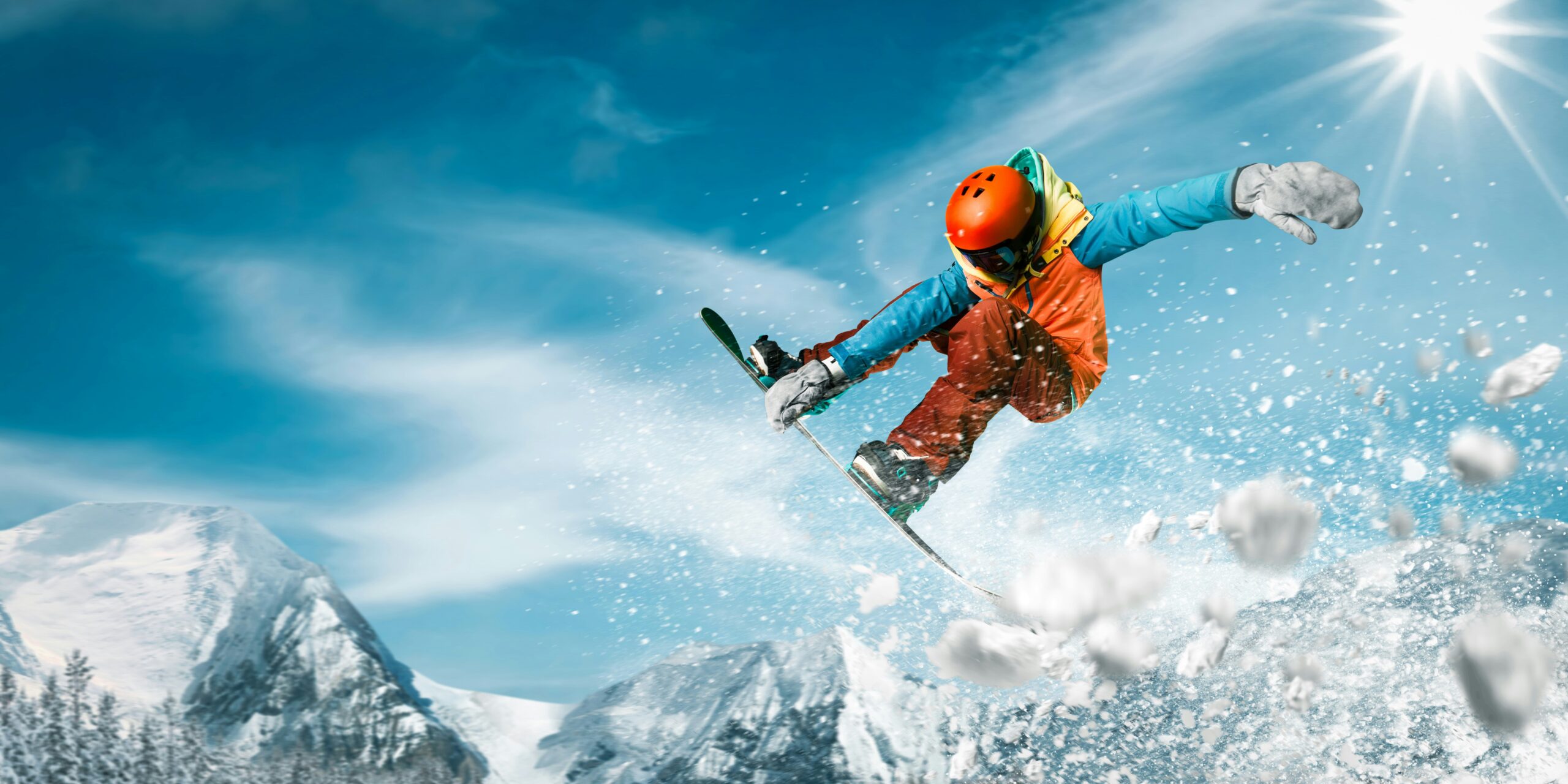
Snowboarding is one of the most thrilling winter sports, offering an incredible blend of adrenaline and a deep connection with nature. Whether you are a beginner gliding down gentle slopes or an experienced rider tackling challenging terrain, having the right gear can make all the difference. Choosing the appropriate equipment not only ensures comfort and performance but also significantly improves safety on the mountain. With numerous options available, it can be overwhelming to know where to begin. Understanding the essential gear for snowboarding and selecting it wisely is key to making your time on the slopes enjoyable and safe.
Snowboards: Finding Your Perfect Fit
The snowboard is the heart of your setup. When selecting a board, size and type are crucial factors to consider. The length of the board should correspond to your height, weight, and riding style. Generally, shorter boards are easier to maneuver and are excellent for beginners, while longer boards provide stability at higher speeds, making them suitable for advanced riders. The shape of the snowboard also plays a role in performance. Freestyle boards are often lighter and more flexible, making them ideal for performing tricks and riding in the park. In contrast, all-mountain boards offer versatility for a wide range of terrains. Understanding your riding style will guide you toward a board that feels natural and responsive.
In addition to shape and length, the board’s flex should match your ability level and preferences. Softer boards offer more forgiving turns and are easier to control, while stiffer boards respond quickly to aggressive maneuvers. Investing in the right snowboard ensures that each run is smooth and comfortable, giving you the confidence to progress in the sport.
Bindings: The Connection Between You and Your Board
Bindings are the bridge between you and your snowboard, transferring your movements to the board and controlling your ride. Choosing the right bindings is just as important as selecting the board itself. Comfort and responsiveness should be top priorities. A binding that is too stiff can be challenging to maneuver, especially for beginners, while one that is too soft may not provide enough control for advanced riders.
Straps and padding also affect performance and comfort. Well-padded bindings reduce pressure on your feet, allowing you to ride longer without discomfort. Additionally, proper stance angles and highback adjustments help maintain balance and control. Taking the time to adjust and test your bindings before hitting the slopes can prevent injuries and enhance your riding experience.
Snowboard Boots: Comfort Meets Performance
Snowboard boots are the most personal piece of equipment, directly influencing comfort, control, and performance. A poorly fitting boot can lead to pain, blisters, and reduced power, while the right pair can enhance your confidence on the slopes. Fit is paramount. Boots should feel snug without being too tight, providing firm support around your ankles and heels.
Different boot flex levels accommodate various riding styles. Softer boots are ideal for beginners and freestyle riders who prioritize comfort and flexibility, while stiffer boots are suited for aggressive riding and high-speed carving. Additionally, snowboard boots come with various lacing systems, including traditional laces, quick-pull systems, and BOA systems, each offering unique convenience and adjustability. Testing several options and ensuring a secure fit will help you enjoy longer, more controlled rides.
Outerwear: Staying Warm and Dry
No matter how skilled you are on a snowboard, cold and wet conditions can quickly make a day on the mountain miserable. Quality outerwear is essential for maintaining warmth, comfort, and mobility. Snowboard jackets and pants should provide waterproofing and breathability to keep moisture out while allowing sweat to escape. Materials with high water resistance and reinforced seams ensure protection against snow, wind, and icy conditions.
Layering is also an effective strategy. Wearing moisture-wicking base layers beneath your outerwear helps regulate body temperature and keeps you dry throughout the day. Insulated mid-layers provide additional warmth in frigid conditions, while breathable shells allow freedom of movement and ventilation. Investing in durable and functional outerwear enhances both safety and enjoyment, letting you focus on the thrill of snowboarding rather than battling the cold.
Safety Gear: Protecting Yourself on the Slopes
While snowboarding is exhilarating, it comes with risks. Helmets, wrist guards, and impact shorts are crucial for minimizing injuries. Helmets are a non-negotiable part of any snowboarder’s gear, protecting against head injuries in falls or collisions. Choosing a helmet that fits snugly and meets safety standards is essential.
Wrist guards help prevent common injuries, especially for beginners prone to falling forward or backward. Additionally, impact shorts and padded clothing can reduce the severity of falls, allowing you to ride with more confidence. Prioritizing safety gear ensures that you can push your limits without unnecessary risk, making each ride both exciting and secure.
Final Thoughts on Choosing the Right Gear
Selecting the right snowboarding equipment is about more than just style; it’s about comfort, performance, and safety. Snowboards, bindings, boots, outerwear, and safety gear all play a critical role in your experience on the mountain. Understanding your riding style, skill level, and personal preferences will guide your choices, helping you enjoy the sport to its fullest.
Before making any purchases, it’s wise to test different gear, consult experts, and invest in quality products that fit your needs. With the proper setup, every run down the slopes becomes more enjoyable, allowing you to focus on improving your skills and relishing the freedom that snowboarding offers. Riding with the right equipment transforms your experience from simply getting down the mountain to truly mastering it with confidence and style.